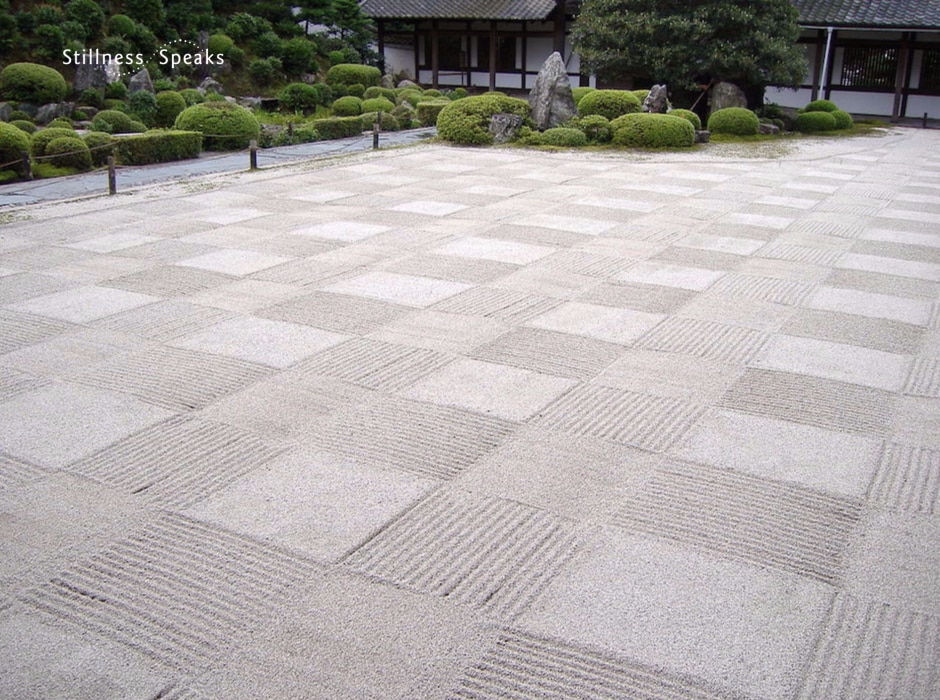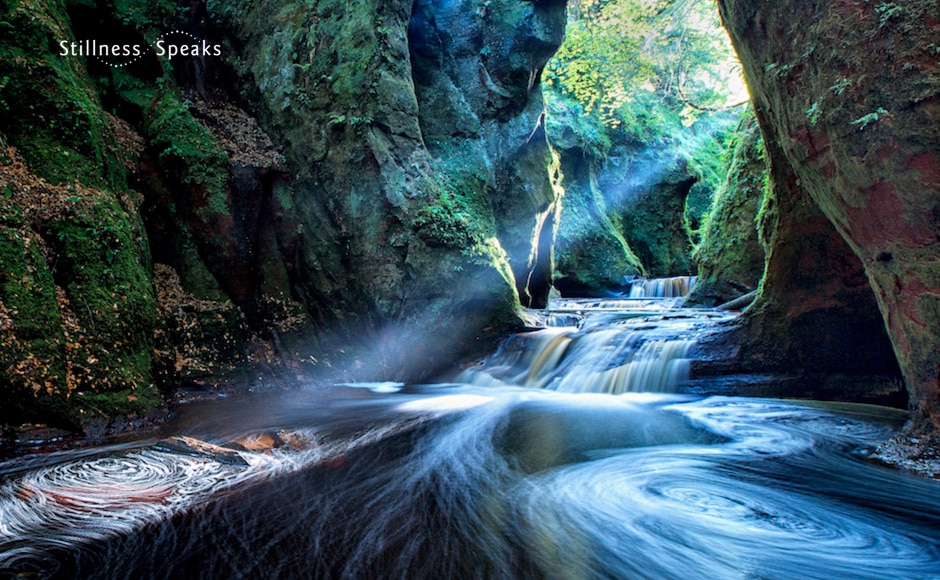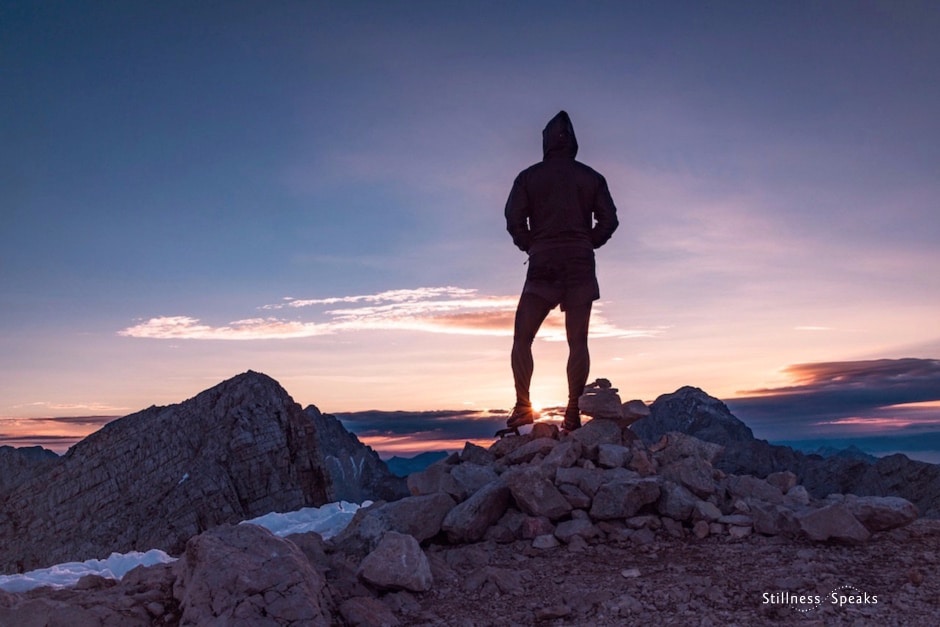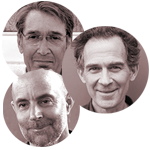“… Turning is an image of how the dervish becomes an empty place where human and divine can meet …” ~ Coleman Barks
In an interview with Paula Marvelly, Philip Jacobs, resident Sheikh of the London-based Study Society, discusses Advaita, Sufism and the turning ceremony of the whirling dervishes, and in particular the way in which sacred dance can be a direct means for accessing, and becoming one with, the Divine.
PM: In your {unpublished} autobiography, The Pathless Path, in the part where you describe when you were a child, I was struck by your response to nature, aesthetics, and the visual world; above all, how sensitive you were.
Philip Jacobs: At school, I never knew what was really going on most of the time because I am not an academic. But I have always been intensely visual, as you say, so I just responded very intensely to any visual stimulus.
In terms of finding a career, the only thing I was really good at was painting so it meant my career direction just had one path to go down, which was an art career. There’s a Joseph Campbell quote, ‘Follow your bliss.’ If you follow your bliss, doors open for you where you didn’t know doors were going to be.
And that’s just so totally been my experience. The more life goes on, the more I am just amazed at the precision of it. What an absolutely precise drama it is. Even down to when I lost my farmhouse recently, already this place I am now living in had just become empty, so you learn to trust life’s process.
Looking back on life, it has been like that all the way along; the next stepping-stone appears just before the last one falls away.
PM: What is it about painting that so liberates you?
Philip Jacobs: When I am painting, I just get so happy. It’s like when I learnt to meditate. Why I can relate painting to meditating so well is that I become quiet and a great happiness emerges from inside.
So having painting as the way I earn my living is a bit like meditating or playing all day for the past thirty-six years. I do textile designs mostly; I used to be design director of a big furnishing fabric company and then in the early 1990s, minimalism came in, so no one really wanted nice chintzy fabrics anymore, so that gradually fell away.
I have a friend called Kaffe Fassett; he was a fellow whirling dervish and at the moment, he and I work for Westminster Fibers and we design fabrics, mainly for the patchwork quilting market, chiefly in America but also around the world. I really love that. With furnishings, I was a little limited to what was going to work on a sofa or as a pair of curtains; with this, I can completely let go and have a lovely time.
PM: I was reading recently David Lynch’s book, Catching the Big Fish: Meditation, Consciousness and Creativity. He started life off as a painter and then moved into film. Just like what you are saying, Lynch realized that initially, all he wanted to devote his life to was painting; that’s all that mattered to him, and everything else was secondary. Painting for him was the raison d’être of his being alive. Lynch also said if you love something, everything will naturally fall into place. But he also said that you have to really love it; you can’t be half-hearted about it.
Here is our post re David Lynch’s Catching the Big Fish: Meditation, Consciousness and Creativity.
Philip Jacobs: That’s very true. You have to love it and then totally devote yourself to it. Then, as a by-product, the money will follow.
PM: That’s also what Lynch said, that you don’t have to worry about the money. But it’s a hell of a leap to trust that the money will follow because so often it doesn’t, which then raises the question, is one devoted enough?
Philip Jacobs: The way I see it is that life is an already-constructed movie, so in your movie, it has to be constructed that you will be an artist from the outset. Then you have the love and devotion, and then you work very hard. But when you are working hard at something you love, it doesn’t feel like working, it just feels like playing. So you are having a great time trying to develop lots of different ideas, and in a strange way, you get looked after one way or another.
PM: You worked very hard to the point where you exhausted yourself.
Philip Jacobs: Yes. I worked very hard to the point where I ended up completely burnt out and couldn’t even sit upright any more. I have been on an up-and-down course for twenty years now.
PM: What is your role at the Study Society?
Philip Jacobs: My role is to be in charge of the whirling dervishes and the main ceremony, called the mukabele. We also have other activities like drumming groups, music groups and poetry groups, which are under the umbrella of the dervishes. Lots of young people are starting to come into the classes and be a part of the group, and as a by-product they start to access their true Being.
PM: In Sufism, is the turning a very specific aspect of the teaching?
Philip Jacobs: Sufism is the mystical branch of Islam, within which there are lots of different dervish orders. The particular one we are connected with is called the Mevlevi Order of Dervishes, founded by the great Persian Jalallu’ddin Rumi in the thirteenth century. He spontaneously went into a whirling dance; his immediate family then formalized it into the ceremony, the mukabele, which means ‘coming face to face’, and which has been preserved right down to the present day.
In 1925, the then ruler of Turkey, Kemal Atatürk, wanted to modernize Turkey and thus he wanted to ban all dervish orders, all fortune tellers, anything which he felt was holding Turkey back from being a modern Western nation. So all the poor dervishes had suddenly to go underground because they could be imprisoned if they turned in public.
In the late 50s, turning was starting to be allowed again, but only as a government-run tourist attraction. Some of our older Colet House members were invited out to one of the ceremonies in Konya, Turkey, and they caught the eye of a Sheikh, Resuhi Baykara, who was presiding over the ceremony. They invited him back to come and teach the turning in London; he went and asked the head of his tradition, who said to him, yes, you must go.
So in 1963, he came over and taught the ceremony; he wanted us to keep it exactly as it had always been taught and practiced in Turkey. What was happening with the tourist-attraction dervishes was that they were changing it and doing different music, using strange-coloured robes, and cutting bits out to make it more appealing.
So our job is to preserve the original method and the tradition as it had always been taught. Then he made Dr Roles, the then head of the Study Society, a Sheikh. He did this, he said, ‘because of the light in his eyes’.
PM: What is the point of the turning?
Philip Jacobs: The technique for the Mevlevi turning we teach is very precise. The learning of it is probably the most physically demanding thing anyone ever does in their lifetime; they say it is comparable to childbirth, so I am told. It is very difficult. It is very demanding physically and very demanding emotionally. When people come along to do it, we interview them first and see if they are suitable; we also do a medical questionnaire.
It’s amazing to watch people in the process. The whole technique is about opening the heart but before that happens something must take place; there is a dervish word, bash kasmak, which means ‘chopping off the head’. During the process of training and the ceremony, the rational discursive mind gradually starts to fall off and you can actually see this happening to people.
Some people struggle against it but when it happens, they start to look physically younger, and in particular, ladies become more beautiful. It’s like a falling in love process that happens. It doesn’t happen to everyone in the training; for some, it takes a long time and they have to do it for several years before it happens. But for many people, you see it happen during the process of the training. That’s why people do it; it’s such a direct route for accessing the great stillness that is your true nature.
With the turning, there is so much to attend to within the movement, there’s no room for any sort of random thoughts; you can’t turn and think random thoughts. When you bow into the turning room, the bowing is called bash kasmak; that’s when your head is chopped off. Because it is so difficult to get through the whole ceremony, you have to completely surrender and let go of the sense of your separate self being the doer.
The journey of the ceremony is like life; to get through it, you have to hand over to something much larger than yourself. Because of the one-pointed attention, all your daily life completely falls away. I have turned for thirty-six years. I have been through a number of major romantic traumas during that time! I remember on one of the worst days of my life after a romantic trauma, I went and turned and at the end of the ceremony, I was just so happy. I knew I was having a terrible time but I could see it was down there somewhere, and that’s why I love it.
PM: Is the turning like meditation in that it builds up a residue of stillness?
This conversation continues in Part 2 … where the Philip Jacobs will address the above question and more … so, stay tuned.
Paula Marvelly is the Creator and Editor of The Culturium, a magnificent site about Art and Consciousness. Paula was also an ex Editor of Stillness Speaks.
For more information on the whirling dervishes, visit the Study Society website or The Whirling Dervishes of West London on facebook.
Opening Quote: Excerpt from Coleman Barks prose in the chapter “The Turn” in his book, The Essential Rumi, Translations by Coleman Barks and John Moyne.
Images: (all edited and logo added) 1) Whirling Dervishes from Turkey by Cenkko, Public Domain, 2) nature by z s, CC BY 2.0, 3) kyoto toufuku-ji/kaizandou garden by Hiro2006, CC BY-SA 3.0, 4) Tree of Life by socialtrendspr0, CC0 Public Domain, 5) Only Dance by Paula Marvelly (YouTube Video), Creative Commons Attribution license (reuse allowed), 6) Finnich Gorge, Scotland by john mcsporran, CC BY 2.0.
Featured Image: Mevleviler.JPG by A2d~commonswiki, CC BY-SA 3.0.











